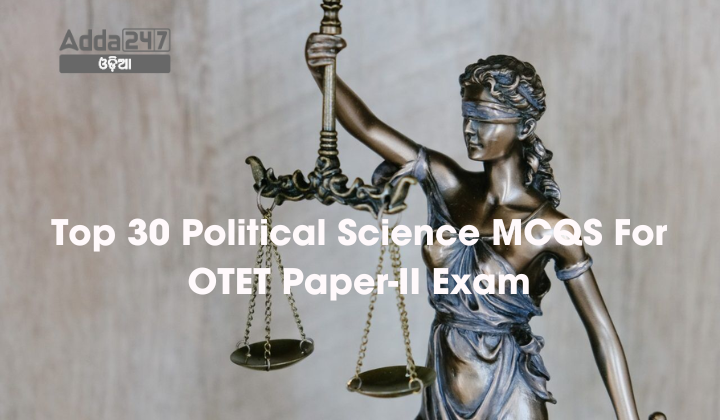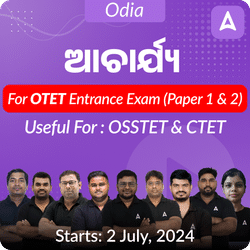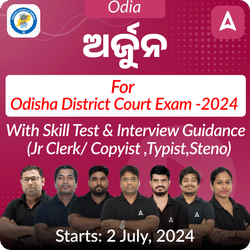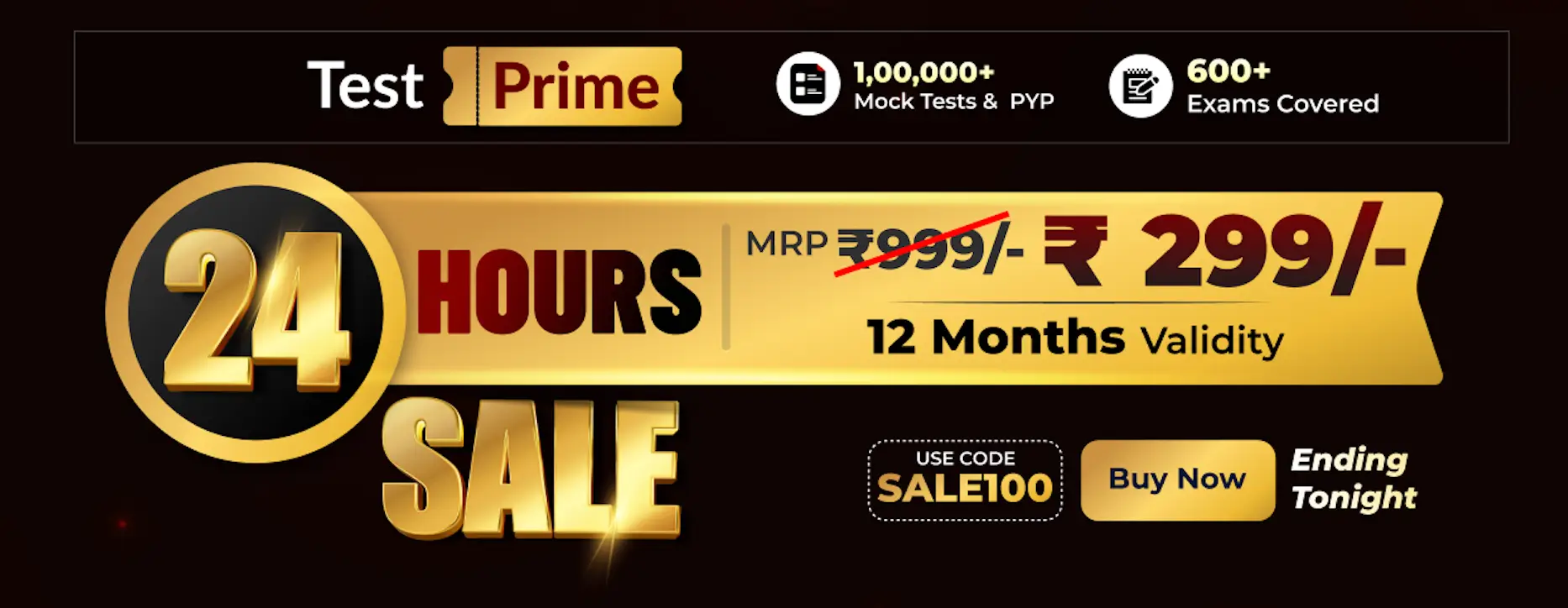Preparing for the OTET Paper-II exam? Here are 30 essential multiple-choice questions in Political Science to help you excel. Each question is designed to test your understanding of key concepts and theories.
Top 30 Political Science MCQS For OTET Paper-II Exam
- Which country’s constitution was the first to start with a preamble?
A) India
B) USA
C) UK
D) France
Answer: B) USA - Who referred to the Preamble as the ‘Identity card of the Constitution’?
A) B.R. Ambedkar
B) Sardar Patel
C) N.A. Palkhivala
D) Jawaharlal Nehru
Answer: C) N.A. Palkhivala - What amendment added the words ‘socialist’, ‘secular’, and ‘integrity’ to the Preamble?
A) 44th Amendment
B) 42nd Amendment
C) 24th Amendment
D) 61st Amendment
Answer: B) 42nd Amendment - The Preamble declares India to be a sovereign, socialist, secular, and __________ state.
A) Monarchical
B) Democratic
C) Communist
D) Federal
Answer: B) Democratic - From which country did India borrow the Directive Principles of State Policy?
A) USA
B) UK
C) Ireland
D) Australia
Answer: C) Ireland - Which feature is borrowed from the Canadian Constitution?
A) Fundamental Rights
B) Vesting residuary powers
C) Independence of the judiciary
D) Procedure of amendment
Answer: B) Vesting residuary powers - What is the nature of the Indian state as described in the Preamble?
A) Federal
B) Unitary
C) Sovereign, socialist, secular, democratic, republican
D) Parliamentary
Answer: C) Sovereign, socialist, secular, democratic, republican - What does the Preamble identify as the source of authority of the Constitution?
A) The President of India
B) The Parliament of India
C) The Supreme Court of India
D) The people of India
Answer: D) The people of India - Which system of government does India follow, as indicated by its parliamentary features?
A) Presidential
B) Monarchical
C) Parliamentary
D) Authoritarian
Answer: C) Parliamentary - According to the Preamble, which of the following is not an objective of the Constitution?
A) Justice
B) Liberty
C) Equality
D) Prosperity
Answer: D) Prosperity - What is the primary focus of pressure groups?
A) Gaining political power
B) Influencing public policy
C) Contesting elections
D) Developing manifestos
Answer: B) Influencing public policy - Which of the following is a characteristic of political parties?
A) Non-partisan
B) Broad range of issues
C) Informal structure
D) Single issue focus
Answer: B) Broad range of issues - Pressure groups primarily use which method to achieve their goals?
A) Electoral campaigns
B) Lobbying
C) Forming governments
D) Nomination of candidates
Answer: B) Lobbying - What do political parties aim to achieve through elections?
A) Influence specific policies
B) Form a government
C) Protest against policies
D) Gain media attention
Answer: B) Form a government - Which of the following best describes pressure groups?
A) Seek broad electoral support
B) Represent a specific interest
C) Have formal membership
D) Nominate candidates for elections
Answer: B) Represent a specific interest - Political parties often have which of the following?
A) Informal structure
B) No hierarchy
C) Defined ideologies
D) Single-issue focus
Answer: C) Defined ideologies - What is a common activity of pressure groups?
A) Contesting elections
B) Drafting legislation
C) Lobbying policymakers
D) Governing states
Answer: C) Lobbying policymakers - Political parties develop manifestos to:
A) Influence public opinion on specific issues
B) Outline their policies and ideologies
C) Protest against government actions
D) Avoid media scrutiny
Answer: B) Outline their policies and ideologies - Which statement is true about pressure groups?
A) They contest elections
B) They focus on broad governance
C) They have an informal structure
D) They develop electoral manifestos
Answer: C) They have an informal structure - Pressure groups differ from political parties in that they:
A) Seek electoral victory
B) Represent a range of ideologies
C) Do not aim to form a government
D) Nominate candidates for office
Answer: C) Do not aim to form a government - Political parties are involved in:
A) Direct lobbying only
B) Electoral politics
C) Specific issue advocacy
D) Informal gatherings
Answer: B) Electoral politics - The primary goal of political parties is to:
A) Influence specific policies
B) Gain media coverage
C) Win elections and govern
D) Form informal networks
Answer: C) Win elections and govern - Pressure groups often represent:
A) A broad spectrum of society
B) Specific interest groups
C) All political ideologies
D) Multiple political parties
Answer: B) Specific interest groups - One advantage of pressure groups is:
A) Structured governance
B) Electoral success
C) Representation of specific interests
D) Policy formulation
Answer: C) Representation of specific interests - Political parties typically have:
A) Informal membership
B) No structured hierarchy
C) Broad-based ideologies
D) Single-issue focus
Answer: C) Broad-based ideologies - Which of the following is NOT a method used by pressure groups?
A) Protests
B) Lobbying
C) Electoral campaigns
D) Advocacy campaigns
Answer: C) Electoral campaigns - Political parties engage in which of the following activities?
A) Lobbying only
B) Public demonstrations
C) Electoral campaigning
D) Single-issue advocacy
Answer: C) Electoral campaigning - What do pressure groups lack compared to political parties?
A) A formal structure
B) Specific policy goals
C) Government participation
D) Public influence
Answer: C) Government participation - The main aim of pressure groups is to:
A) Govern a country
B) Win elections
C) Influence policies
D) Represent all citizens
Answer: C) Influence policies - Political parties seek to:
A) Operate informally
B) Avoid elections
C) Achieve power through elections
D) Represent specific interests only
Answer: C) Achieve power through elections










